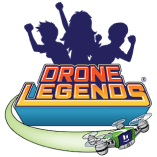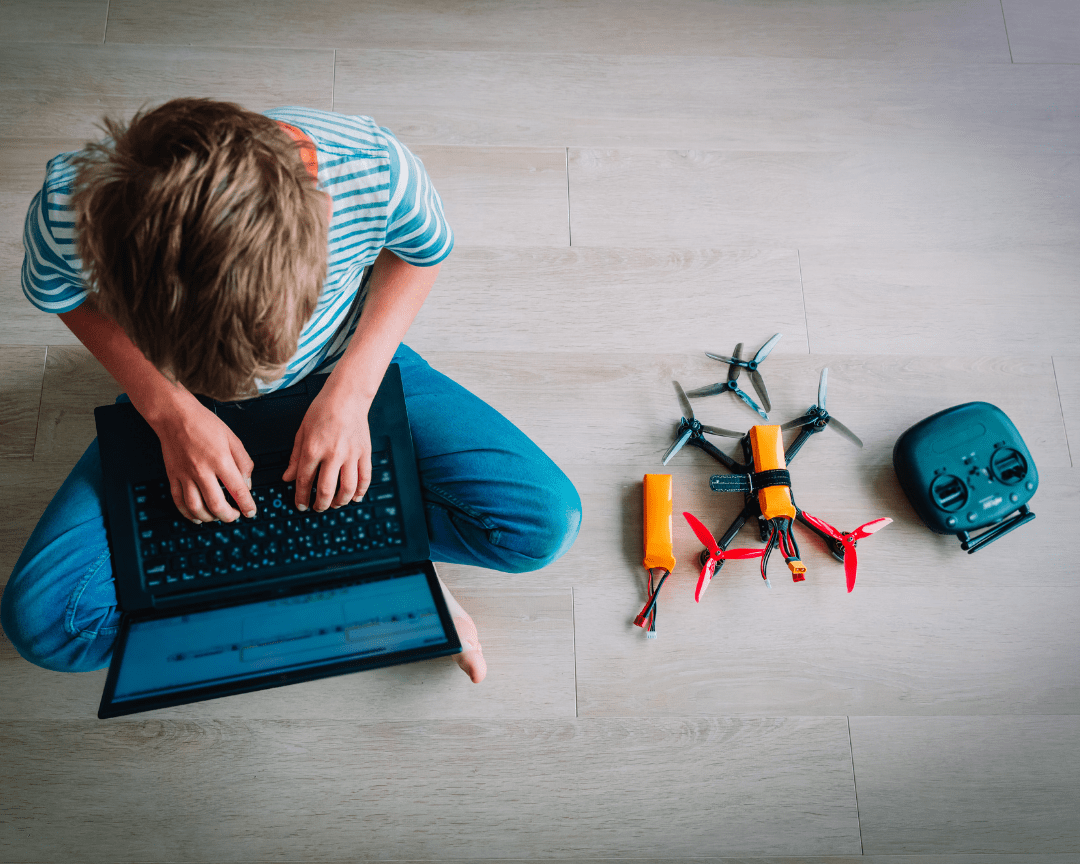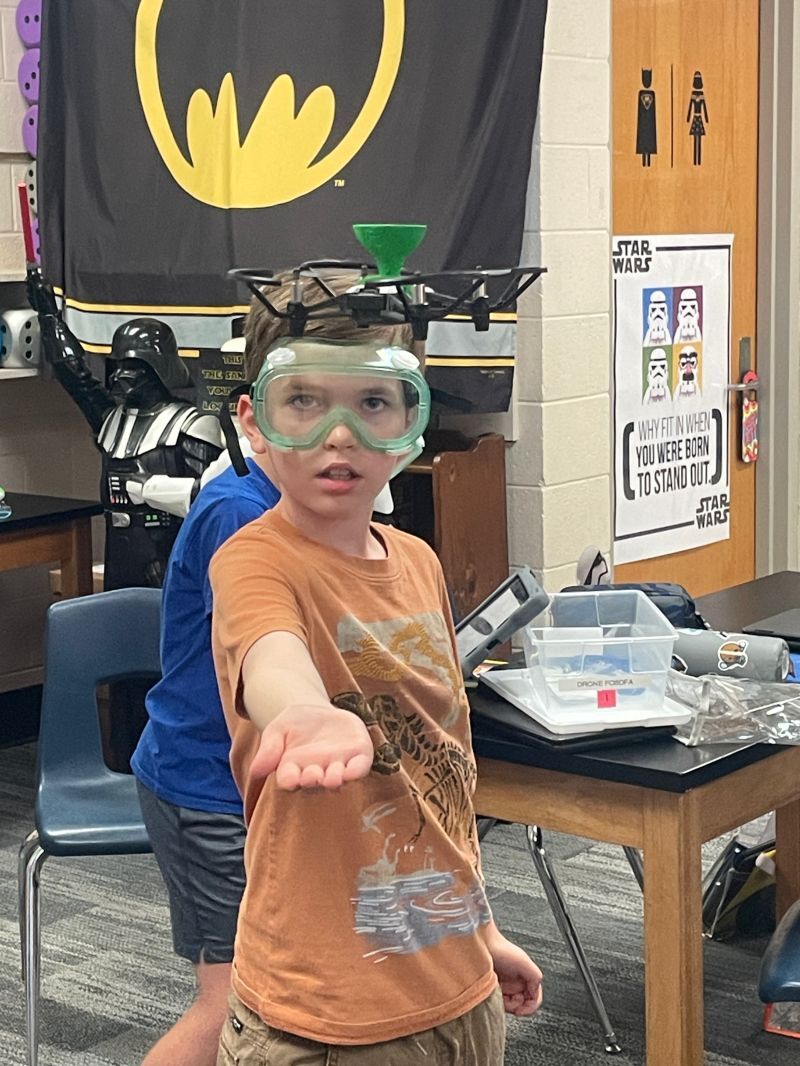Science, technology, engineering, and mathematics (STEM) innovation is a key ingredient to maintaining a functional and progressive society. Everything from our entertainment, travel, business, and defense systems rely heavily on STEM and the minds that push these fields forward.
With growing advancements across the globe, we’re leaving static and slow technology behind as we move ahead, take flight, and build anew. Speaking of flight: drones are now becoming one of the most integral (and interesting!) parts of STEM today. Whether for professional or recreational purposes, people love to fly.
What do drones have to do with STEM, and how are they revolutionizing education? Read on as we explore how drones are impacting STEM — and the world — for the greater good.
What’s STEM All About?
STEM prioritizes an interdisciplinary approach where questioning, critical thinking, hands-on experimentation, and group problem-solving are necessary. Think of almost any career in the real world today, and STEM can likely be applied: from marketing to massage therapy; firefighting to football; construction to cosmetics.
Few countries are known for STEM leadership as a whole, and the United States is one of them. A lot of effort goes into remaining the top STEM developer worldwide. America’s STEM Education Strategy claims, “The United States will be the global leader in STEM literacy, innovation, and employment.” But how do we make sure that actually happens?
The answer: offer more accessible, engaging STEM education options as early as possible.
STEM in Elementary Education
Education in America has constantly shifted based on major events across history. But up until the early 1960s, there was less of a drive for science and engineering. Sputnik, the Russian satellite launch, sparked the Space Race and some would say the development of competitive STEM.
After the moon landing in 1969, NASA and other national science organizations advanced in leaps and bounds. By the 80s, science and engineering education was steadily prioritized for younger students, with STEM K-12 curriculum becoming standard by the 1990s. By 2001, the acronym “STEM” (formerly SMET) was officially coined.
Today, the push for better STEM education in elementary schools is huge. Many new and exciting STEM programs exist in schools today, including afterschool clubs and seasonal learning intensives like summer camps. Computer programming, 3D design, hands-on building, drone flying lessons, and more are all growing in popularity in grade school classrooms.
Fun fact: The U.S. Department of Education hosts monthly virtual STEM briefings. You can attend upcoming briefings or view the archive of past content HERE.
Why Does STEM Matter in Elementary Schools?
The U.S. Bureau of Labor Statistics predicts STEM occupations will increase by at least 10% between now and 2030, adding more than one million new jobs to the workforce. Every person today relies on tools born from successful innovations in science, technology, engineering, and math. STEM is a vital field in our society, and no doubt, foundational to our future.
Supporting STEM in elementary education opens the doors for upcoming generations to build confidence in scientific hobbies and interests in their most essential learning years. With an early introduction to STEM, students can develop basic skills that may shape their educational path for decades. Experts and inventors of the future can get a head start by equipping young people for STEM careers.
STEM isn’t just for the future, though — these concepts support kids’ cognitive, social, and motor skills development. Schools that offer interactive STEM classes give opportunities to every kid, leveling the playing field and ensuring comprehensive educational outcomes.
Interested in teaching STEM as an elementary school educator? Schools or afterschool programs that use Drone Legends get access to the Drone Legends Professional Development program.
STEM and Drones
One way to bridge the gap between STEM education and students of all economic and social backgrounds is through drones. K-12 drone programs are affordable, fun, and easy to teach, as long as the right curriculum is available. Drone education is fun for educators, too.
A bonus: drones contribute to each letter of the STEM acronym, which makes them a handy tool in today’s schools — especially when students get to build, launch, and fly them independently.
Science and Drones
Drones enhance scientific research. Viewing the world in a whole new way during a field study and measuring atmospheric gasses above the ocean, drones provide hard-to-get measurements that help scientists make bigger discoveries. Fields such as climatology, geology, pest management, and marine biology already benefit from drones.
Technology and Drones
New technology applications emerge with drones, including advanced surveillance, transportation, and communication. There’s a high demand for software developers to come up with applications that support drone navigation. Agriculture, medicine, and military technology are some of the industries adopting drones for improvements in tech.
Engineering and Drones
A recent study observed that engineering students were more engaged in atmospheric sciences when given the chance to manage drones. UAV (unmanned aerial vehicle) navigation gave these young people a chance to get firsthand experience with flying (learning physics), performance (learning data collection), and building (learning design) drones, which are all useful introductions to engineering jobs.
Math and Drones
The role of drones in the education of math can be implemented in a cross-disciplinary way. From introductory lessons on measurement or arithmetic to advanced geometry or trigonometry equations, drones become a captivating tool to help learners practice real problem-solving and measurement, all while engaging in scenarios, building, teamwork, and more. In-depth publications on this have been presented at international conferences, and are still being developed for learning programs of all ages.
Drones and STEM
What would the future of STEM look like without drones? Probably not as exciting. Drones in STEM are excellent additions to any modern classroom. STEM has come a long way over the past several decades (unmanned drones used to only exist in Sci-Fi stories, you know). But now, there’s a whole new realm to explore with the rise of inventions that take us to new levels.
Want to make your school’s STEM programs soar? Reach out to Drone Legends. We equip teachers and students with the most engaging drone STEM programs for kids.
Contact us today to ask about our drone curriculum, STEM enhancement classes, and how to create Legends at your school.




